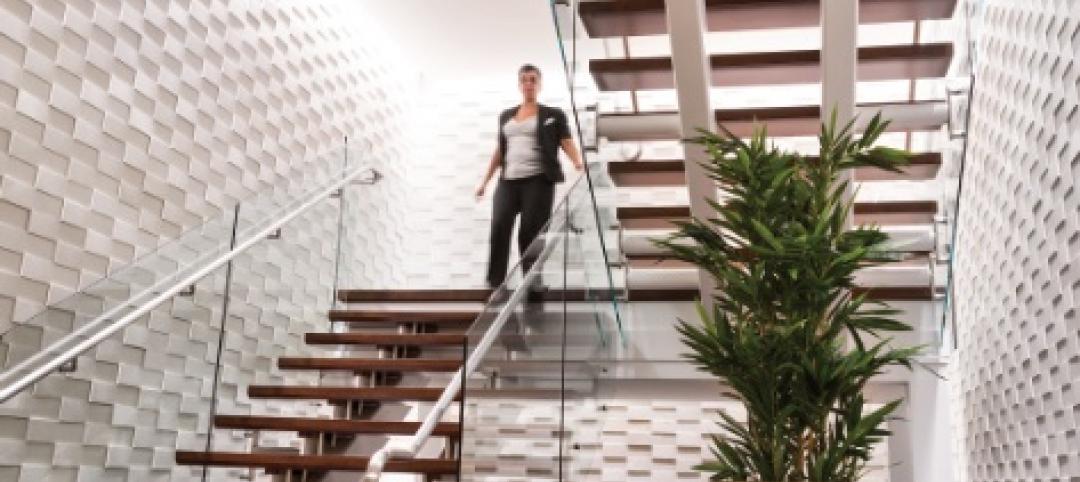Since entering the hospitality scene in 2008, Airbnb has evolved from a trendy upstart to a full-on disruptor. The online marketplace now enables people to list, discover, and book accommodations in nearly 200 countries around the world.
This new kid on the hospitality block is actually an extension of a long-standing tradition of lodging alternatives that range from renting villas in Italy to choosing timeshare properties in Florida.
“Airbnb is taking what has always been out there, localizing it, and bringing properties together in a way that provides a streamlined alternative for travelers,” says Nunzio DeSantis, FAIA, LEED AP, Director of the HKS Hospitality Group in Dallas.
Though Airbnb’s home-sharing units represent less than 3% of revenue in the overall hotel industry, the online marketplace continues to grow exponentially each year. And the hospitality industry can’t help but take notice.
“As in any industry, choice often compels people to make changes and to stop taking things for granted,” says Keith Simmel, AIA, LEED AP, Principal of the Hospitality Studio at Cooper Carry in Atlanta. “If Airbnb helps hotel brands to up their game and make decisions that help people land at their properties, then it’s ultimately good for the overall industry.”
No doubt, Airbnb—and the numerous variations it has spawned—is well positioned to attract future generations of business and leisure travelers.
“People are willing to embrace the messiness of an Airbnb because they’re getting a more flexible, locally relevant experience,” says Caleb Mulvena, Principal at Mapos in New York. “If the larger hotel players can tap into that sense of messiness and adventure, but layer on a level of service that you don’t necessarily get with Airbnb, that will be something that’s really powerful.”
Related Stories
| Oct 16, 2014
Perkins+Will white paper examines alternatives to flame retardant building materials
The white paper includes a list of 193 flame retardants, including 29 discovered in building and household products, 50 found in the indoor environment, and 33 in human blood, milk, and tissues.
| Oct 15, 2014
Harvard launches ‘design-centric’ center for green buildings and cities
The impetus behind Harvard's Center for Green Buildings and Cities is what the design school’s dean, Mohsen Mostafavi, describes as a “rapidly urbanizing global economy,” in which cities are building new structures “on a massive scale.”
| Oct 12, 2014
AIA 2030 commitment: Five years on, are we any closer to net-zero?
This year marks the fifth anniversary of the American Institute of Architects’ effort to have architecture firms voluntarily pledge net-zero energy design for all their buildings by 2030.
| Sep 24, 2014
Must see: Semi-submerged hotel planned for Qatar's man-made island
Plans for a new hotel in the Persian Gulf are taking Dubai’s Palm Islands concept to a whole new level—underwater, that is.
| Sep 24, 2014
Architecture billings see continued strength, led by institutional sector
On the heels of recording its strongest pace of growth since 2007, there continues to be an increasing level of demand for design services signaled in the latest Architecture Billings Index.
| Sep 22, 2014
4 keys to effective post-occupancy evaluations
Perkins+Will's Janice Barnes covers the four steps that designers should take to create POEs that provide design direction and measure design effectiveness.
| Sep 22, 2014
Sound selections: 12 great choices for ceilings and acoustical walls
From metal mesh panels to concealed-suspension ceilings, here's our roundup of the latest acoustical ceiling and wall products.
| Sep 16, 2014
Ranked: Top hotel sector AEC firms [2014 Giants 300 Report]
Tutor Perini, Gensler, and AECOM top BD+C's rankings of design and construction firms with the most revenue from hospitality sector projects, as reported in the 2014 Giants 300 Report.
| Sep 15, 2014
Ranked: Top international AEC firms [2014 Giants 300 Report]
Parsons Brinckerhoff, Gensler, and Jacobs top BD+C's rankings of U.S.-based design and construction firms with the most revenue from international projects, as reported in the 2014 Giants 300 Report.
| Sep 15, 2014
Argentina reveals plans for Latin America’s tallest structure
Argentine President Cristina Fernández de Kirchner announces the winning design by MRA+A Álvarez | Bernabó | Sabatini for the capital's new miexed use tower.
















